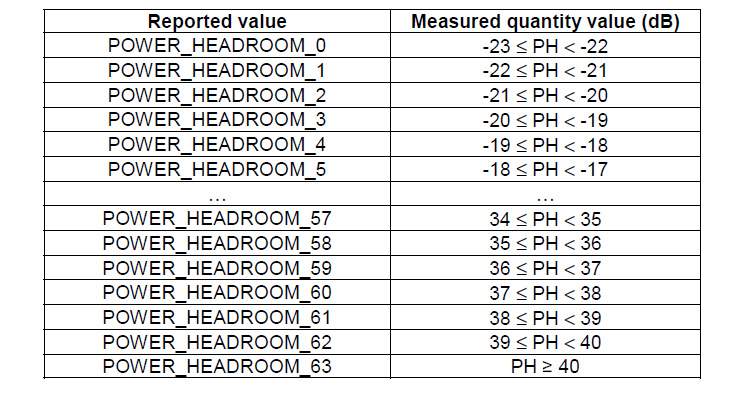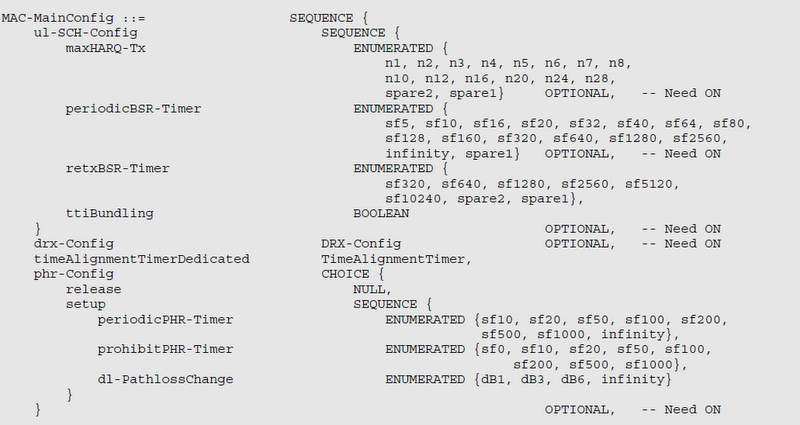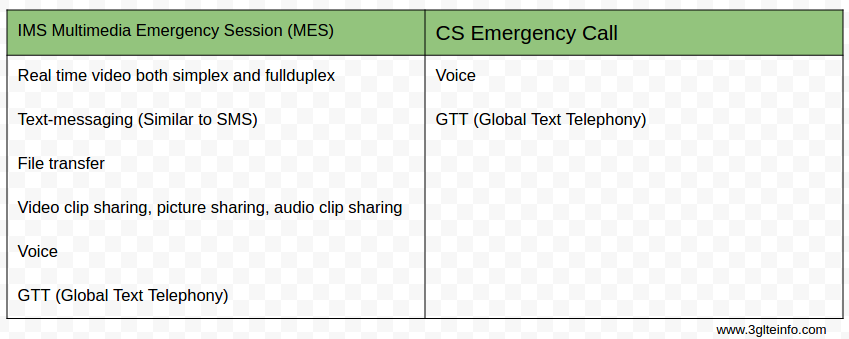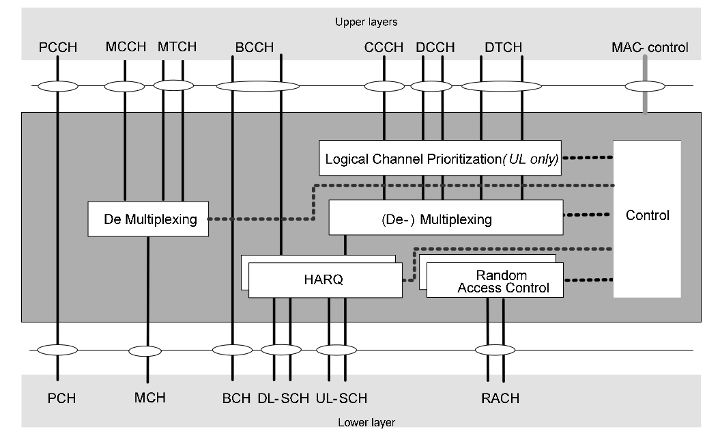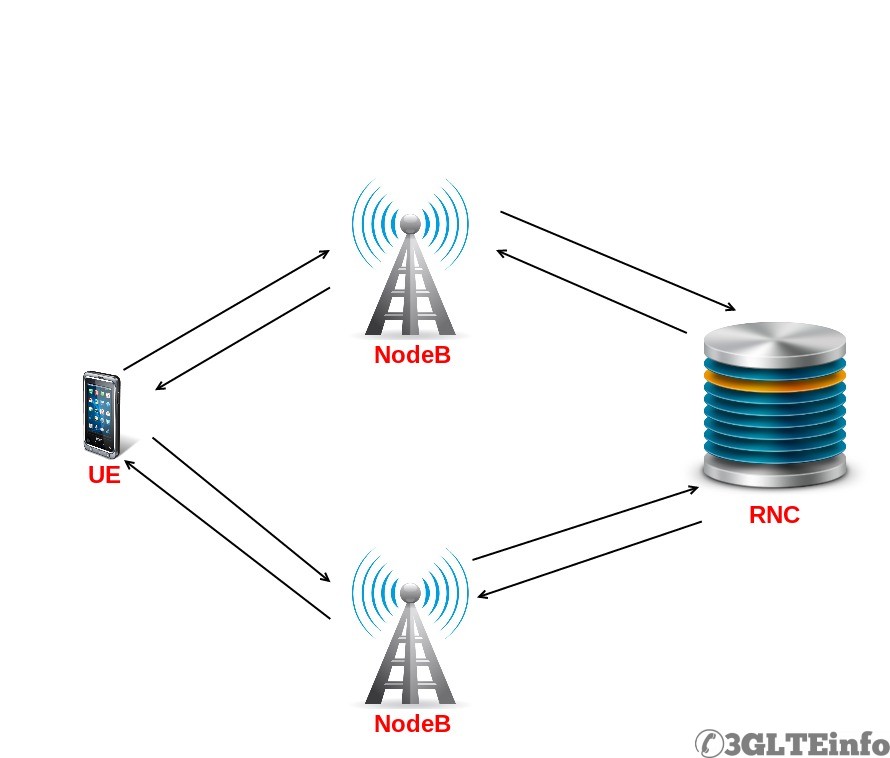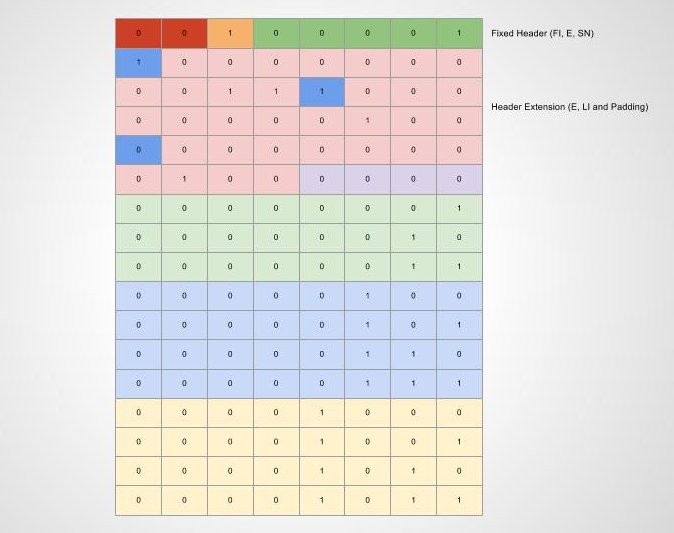
LTE RLC PDU Headers for AM, UM & TM – Detail Overview
Though RLC (Radio Link Control) layer in LTE is similar to that of UMTS, but still there are some significant differences. One of the big change is RLC LTE header structure for different PDU (Protocol Data Unit) types. When it comes to LTE, RLC can have the following PDU types RLC TMD PDU RLC UMD PDU RLC AMD PDU RLC (more ..)

